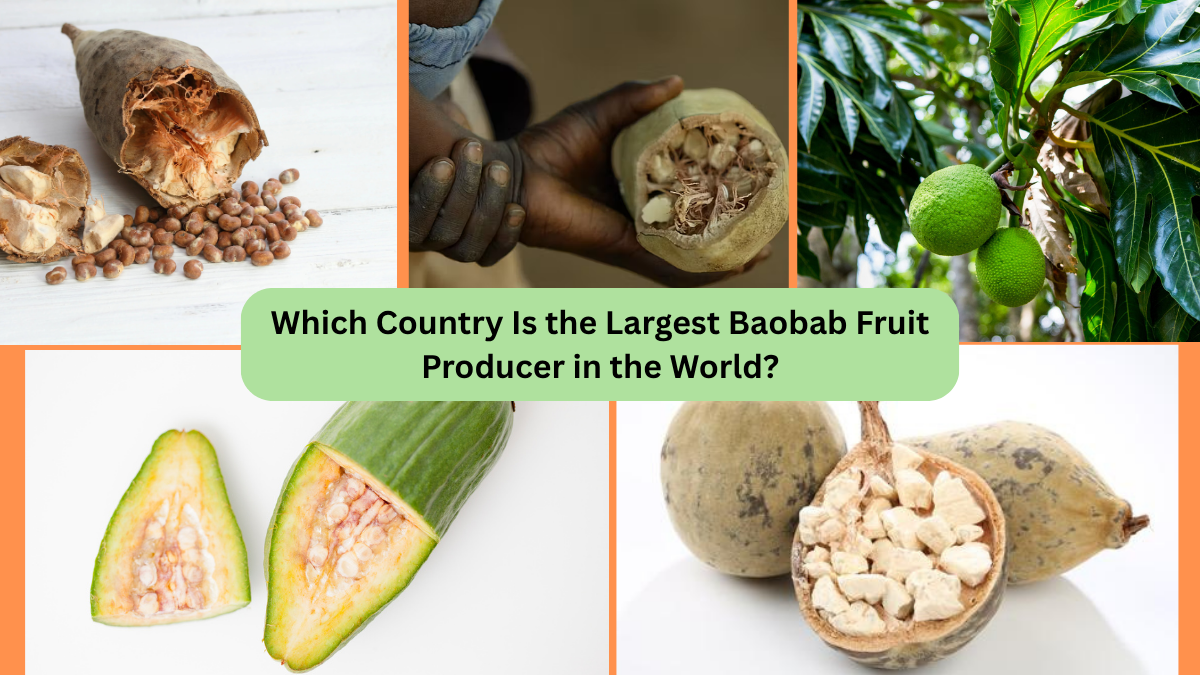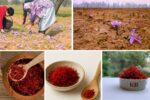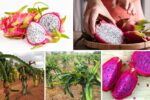The baobab tree, often dubbed the “Tree of Life,” is one of Africa’s most iconic and revered plant species. Its fruit, known for its high nutritional content and medicinal properties, has been cherished by indigenous communities for centuries. In recent years, baobab fruit has garnered global attention as a superfood, boosting its demand in international markets. This article dives deep into the origins, cultural significance, health benefits, and the global production landscape to answer the pivotal question: Which country is the largest baobab fruit producer in the world?
What Is Baobab Fruit?
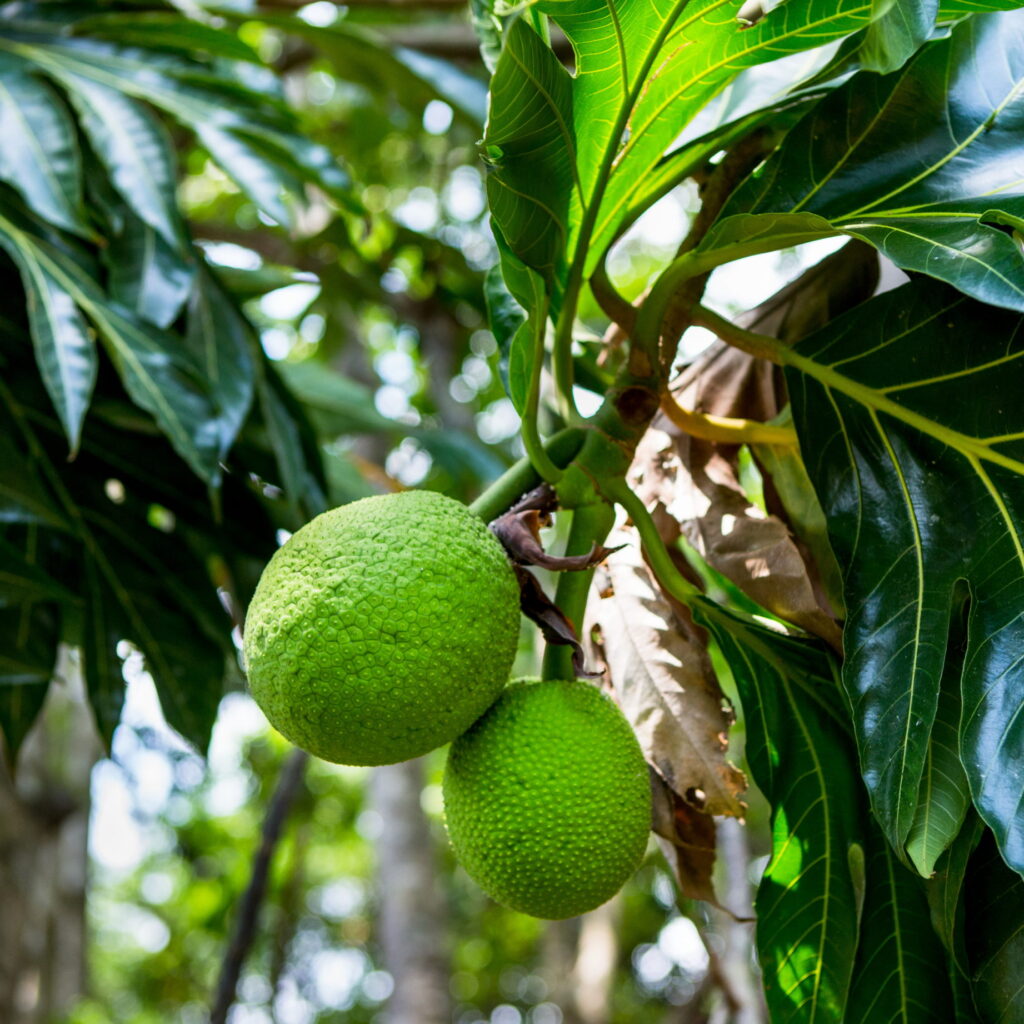
Baobab fruit grows on the Adansonia genus of trees, of which there are nine species worldwide. The most famous, Adansonia digitata, is native to mainland Africa. The tree produces large, oval-shaped fruits with a hard, woody shell. Inside, a dry, powdery pulp surrounds numerous seeds. This pulp is tangy, rich in vitamin C, antioxidants, and minerals.
Locally, it is consumed fresh, mixed with water for refreshing drinks, or added to porridges and sauces. Its medicinal applications include treatments for fever, diarrhea, and inflammation.
Cultural and Historical Importance
In African folklore and traditional belief systems, baobab trees are considered sacred. They serve as gathering spots, spiritual sites, and landmarks. Communities across Africa have relied on the baobab for food, medicine, shelter, and even water storage.
The fruit, known by various names like “monkey bread” and “cream of tartar fruit,” has been an essential part of local diets and traditional medicine, treasured for its energizing and healing properties.
The Largest Baobab Fruit Producer in the World: Sudan
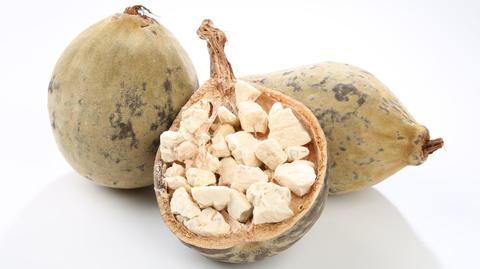
Sudan holds the title of the largest baobab fruit producer in the world.
Why Sudan Leads in Baobab Fruit Production
1. Native Habitat and Abundance:
Baobab trees naturally thrive across Sudan’s vast savannahs, particularly in regions such as Kordofan, Darfur, and Blue Nile State. The country boasts one of the highest natural densities of baobab trees.
2. Traditional and Commercial Use:
Sudanese communities have long relied on baobab fruits for making local beverages like “tabaldi,” medicinal remedies, and as a food supplement.
3. Established Supply Chains:
Sudan has well-developed collection and distribution systems, with baobab fruit being a significant non-timber forest product sold in local markets and exported regionally.
4. Export Growth:
With increasing global demand, Sudan has ramped up exports of baobab powder, oil, and dried pulp to Europe, North America, and the Middle East.
Other Major Baobab Producing Countries
While Sudan leads globally, several other African countries contribute to the production and export of baobab fruit:
Nigeria:
Home to vast baobab populations, especially in the northern regions. The fruit is integral to local diets and traditional medicine.
Mali:
Baobab trees are widespread in Mali, where the fruit is a dietary staple and valuable economic commodity.
Chad:
An important producer, particularly in rural communities where baobab products are a major income source.
Senegal:
Prominent in both domestic markets and as an emerging exporter of baobab powder and oil.
Tanzania:
Baobab is abundant in Tanzania’s central and southern regions, with growing interest in commercial harvesting and export.
Nutritional and Health Benefits of Baobab Fruit
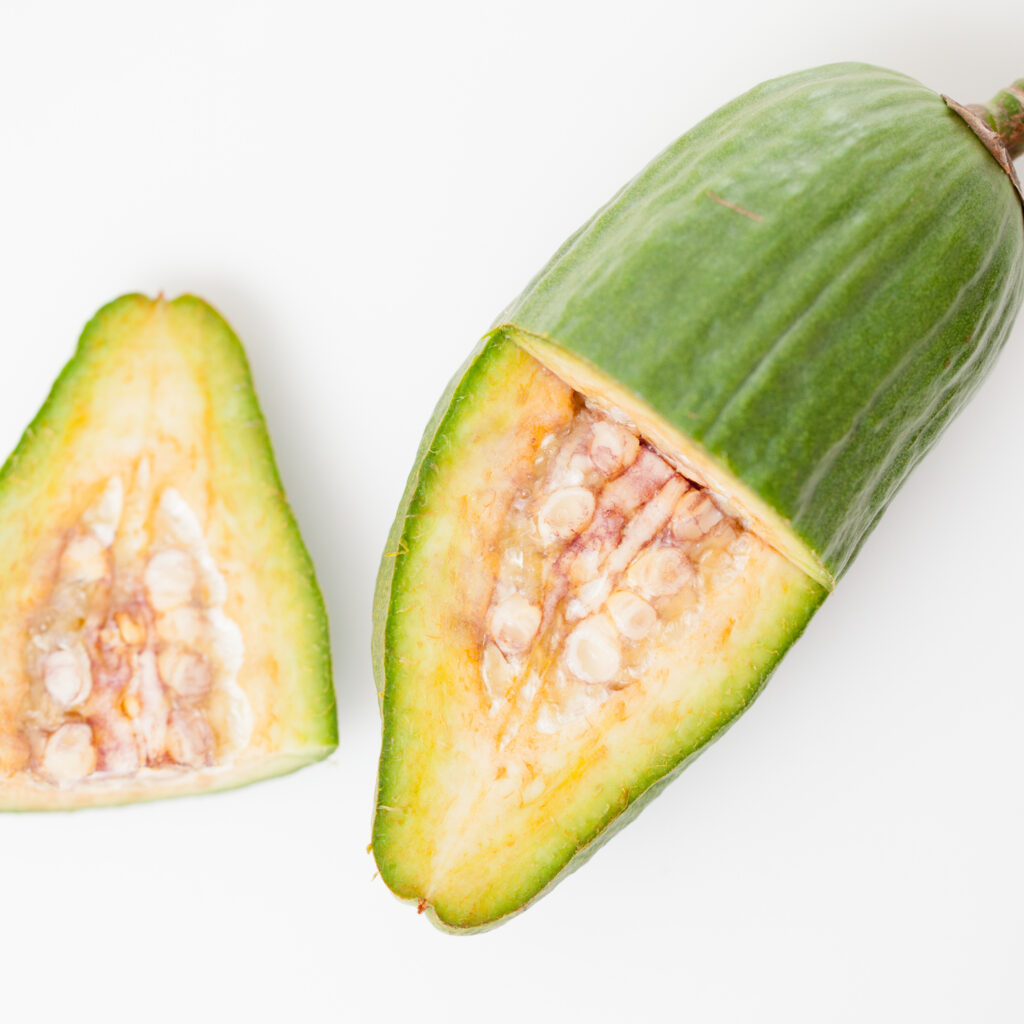
Baobab fruit is celebrated as a nutrient-dense superfood:
- Exceptionally High Vitamin C: Up to 10 times more than oranges, boosting immunity.
- Rich in Antioxidants: Helps combat oxidative stress and inflammation.
- High in Fiber: Promotes digestive health and blood sugar regulation.
- Packed with Essential Minerals: Including potassium, calcium, magnesium, and iron.
- Prebiotic Properties: Supports healthy gut microbiota.
- Low Glycemic Index: Suitable for managing blood sugar levels.
Culinary Uses of Baobab Fruit
Baobab’s tangy, citrus-like flavor makes it versatile in both traditional and modern recipes:
- Traditional Drinks: Like “tabaldi” in Sudan and “bouye” in Senegal.
- Smoothies and Juices: Used as a nutrient booster.
- Baked Goods: Added to bread, muffins, and pastries.
- Health Supplements: Sold as powder for its antioxidant and vitamin content.
- Ice Cream and Yogurts: Imparts a unique tart flavor.
Economic Importance in Sudan
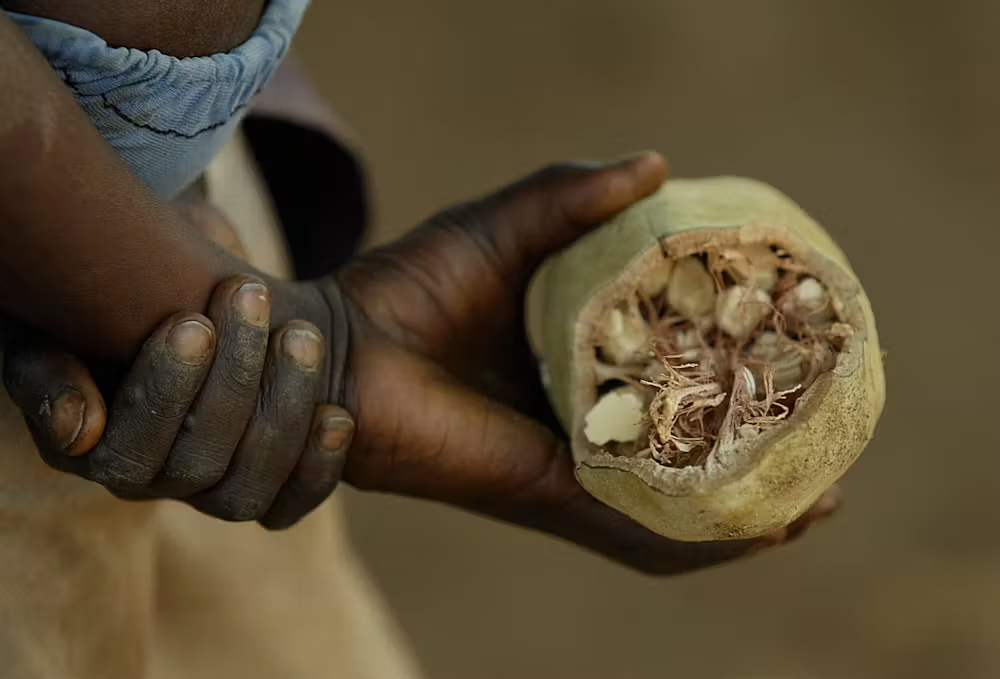
Baobab fruit plays a crucial role in Sudan’s rural economies:
- Income for Rural Households: Harvested from wild trees and sold in local markets.
- Export Revenue: Baobab products are increasingly shipped to international markets.
- Non-Timber Forest Product: Sustainable harvesting practices protect forests and biodiversity.
- Employment Opportunities: In processing, packaging, and export logistics.
Challenges in Baobab Production
Despite its economic and cultural value, baobab production faces several obstacles:
- Seasonal Availability: Harvesting typically occurs from May to August.
- Limited Plantation Cultivation: Most trees grow wild, making production variable.
- Climate Vulnerabilities: Prolonged droughts and deforestation pose threats.
- Underdeveloped Export Infrastructure: Logistical challenges in rural areas.
Future Prospects for Global Markets

Baobab fruit is poised for expansion in global markets, driven by demand for natural, plant-based superfoods:
- Value-Added Products: Growth in baobab powder, oil, supplements, and cosmetic products.
- Fair Trade and Organic Certification: Enhancing export appeal and ethical sourcing.
- Agroforestry and Reforestation: Integrating baobab trees into sustainable land management.
- Culinary Innovation: Featuring baobab in international health food and gourmet markets.
Conclusion
Sudan’s extensive natural baobab forests, deep-rooted cultural practices, and emerging export industry firmly establish it as the largest producer of baobab fruit in the world. From traditional village markets to international health food shelves, the baobab fruit continues to bridge ancient traditions with modern wellness trends.
While countries like Nigeria, Mali, and Senegal contribute significantly, none match Sudan’s volume or historical association with this vital tree. As awareness of baobab’s nutritional benefits grows worldwide, sustainable harvesting and fair trade practices will be essential in preserving Africa’s “Tree of Life” and ensuring it continues to support livelihoods for generations to come.
